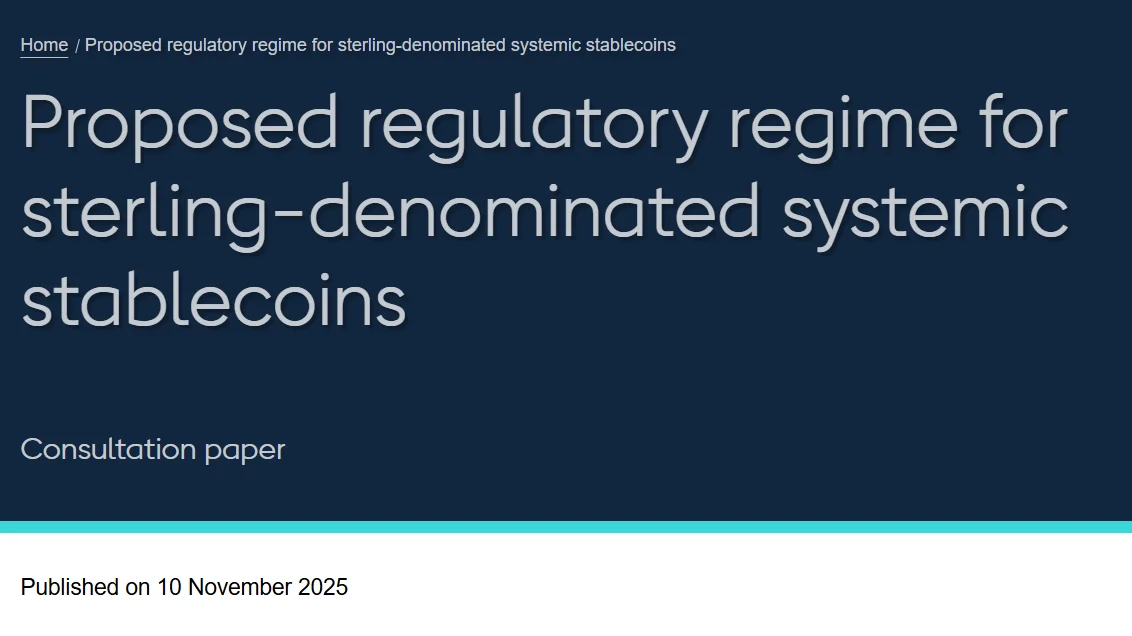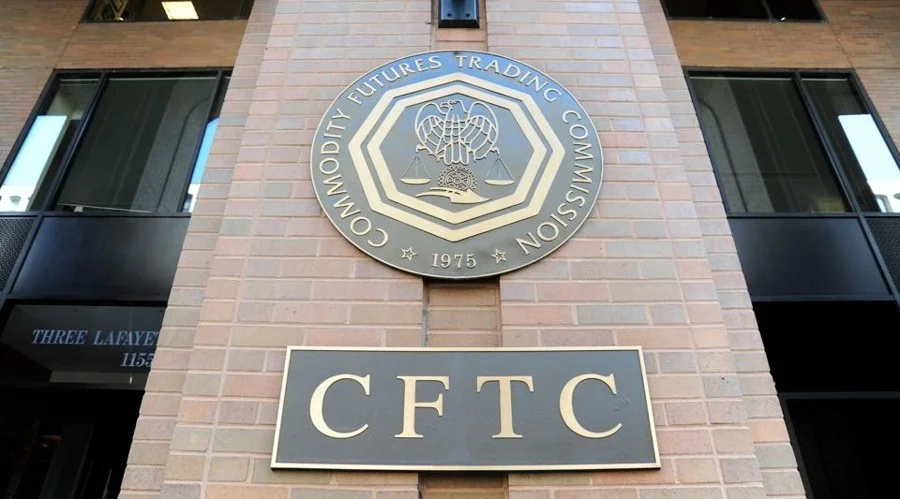The Bank of England has announced its long-awaited draft regulation for sterling-denominated stablecoins. The new framework introduces holding limits of £20,000 for individuals and £10 million for businesses. The aim is to prevent sudden shifts of funds from banks to stablecoins amid the proliferation of digital currencies. The regulation also requires stablecoin reserves to be backed by government bonds and central bank accounts.
Critical stablecoin development in the UK
The Bank of England (BoE) has released a draft new regulatory framework for sterling-denominated "systemic" stablecoins. This framework includes both collateral rules and temporary asset holding limits.
According to the BoE, the new regulation will only cover stablecoins classified as "systemic" by HM Treasury and widely used in payment systems. Supervision for financial stability risks for these assets will be carried out by the Central Bank, while consumer protection and market conduct will be handled by the Financial Conduct Authority (FCA).

"Non-systemic" stablecoins, such as USDT and USDC, which are primarily used in cryptocurrency trading, will not be included in this regime. These tokens will remain under the FCA's existing oversight.
At the heart of the new framework are clear rules for managing stablecoin reserves. The BoE requires systemic stablecoin issuers to hold 60% of their reserves in short-term UK government bonds and the remaining 40% in interest-free accounts at the Bank of England. This regulation aims to both ensure rapid repayments and maintain public confidence.
A more flexible structure is initially envisioned for issuers newly launched or transitioning from the FCA regime; these issuers will be able to hold up to 95% of their reserves in government bonds. The BoE is also considering central bank liquidity support for periods of market stress.
Individual and institutional holding limits are also being introduced to prevent rapid outflows of funds from the financial system into digital currencies. Under the proposed plan, individuals will be able to hold a maximum of £20,000 (approximately $26,000) in systemic stablecoins, while businesses will be able to hold up to £10 million (approximately $13 million). While exceptions will be granted for the largest institutions, these limits will remain in place until the risks of the transition period are resolved.
“Today’s proposals are a significant milestone in the UK’s path to implementing the stablecoin regime next year. Our aim is to protect confidence in money while supporting innovation,” said Sarah Breeden, the bank’s Deputy Head of Financial Stability. Breeden added that market feedback has been taken into account and that adjustments have been made accordingly to how stablecoin issuers interact with the central bank.
However, the proposed limits have been met with criticism from the crypto community. Industry representatives argue that these restrictions are “overly cautious.” Tom Duff Gordon, Vice President of International Policy at Coinbase, told the Financial Times, “Capturing stablecoins is a negative step for both British savers and the City of London.” Breeden, responding to criticism, reminded the public that the UK's credit system differs from the US: "The majority of mortgages in the UK are provided by commercial banks. Therefore, temporary limits are necessary to prevent rapid deposit outflows."
The BoE announced that the consultation period will last until February 10, 2026, after which it will publish detailed implementation guidance in conjunction with the FCA.




